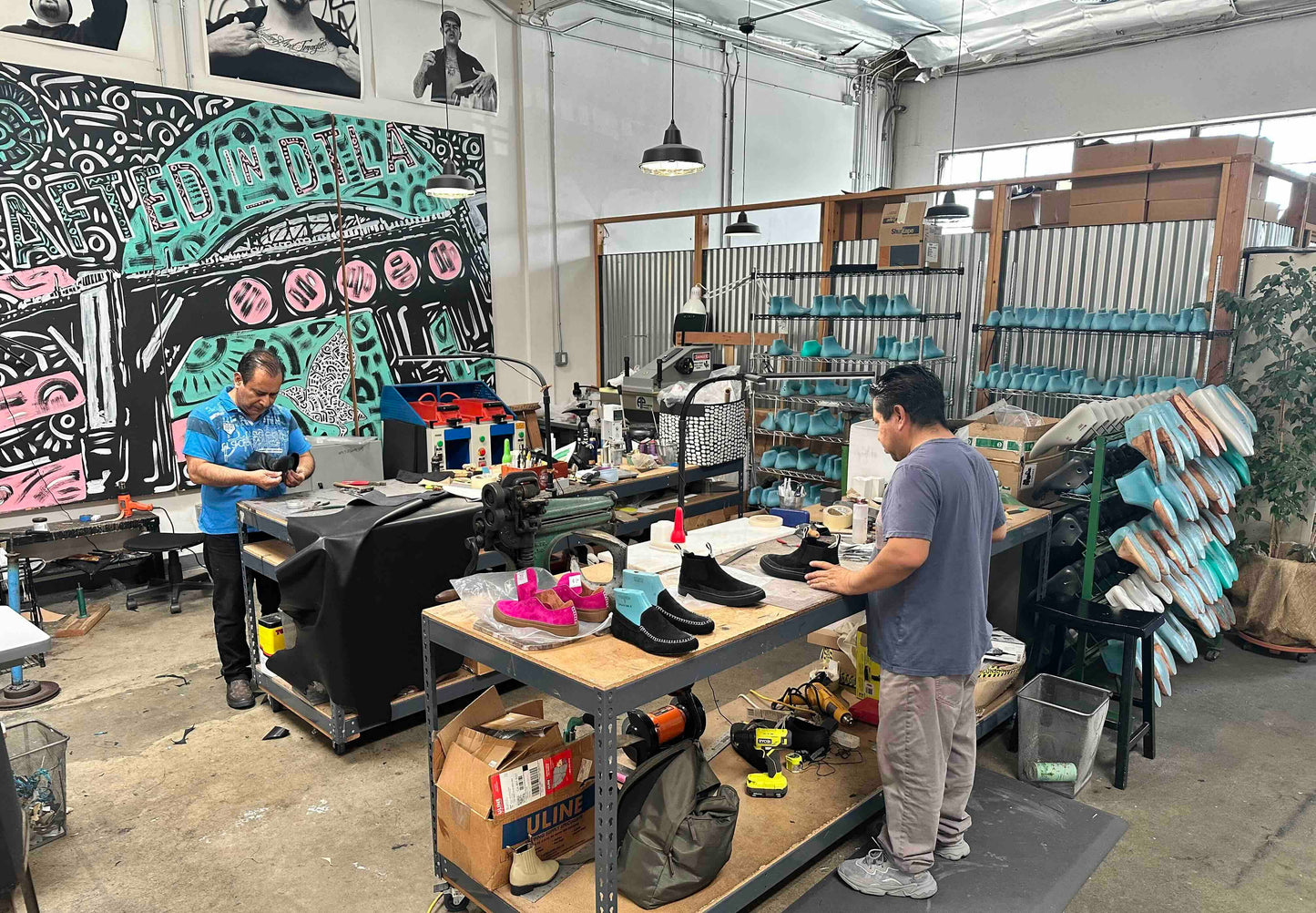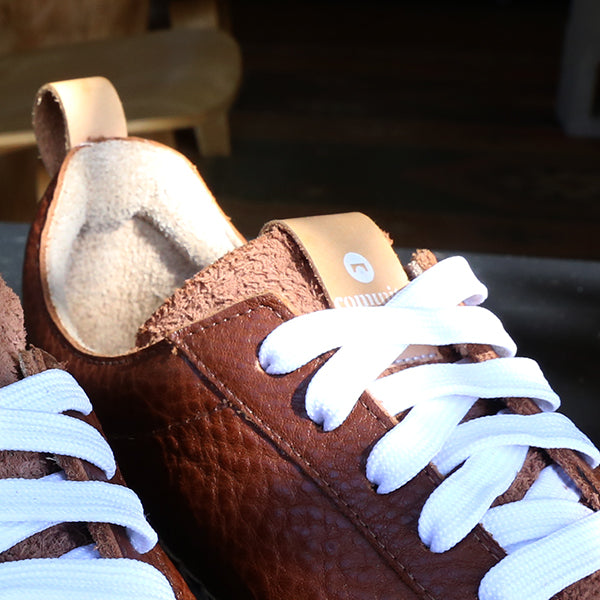
While most people work on their abs for a six-pack or their arms, our feet carry a mind-boggling amount of weight when we walk, run, and jump. That’s a lot of complexity packed into each foot, and we hardly give our feet a second thought when it comes to size.
Most people spend more time to get a perfect fit for a hat than they spend to measure their shoe size. That’s too bad, because feet are one of nature’s most amazing accomplishments. There are 206 bones in our whole bodies, and there are 28 bones in each of our feet. That’s about 25% of all the bones we have in our feet. And that’s not all – each foot has 33 joints and over 100 muscles, tendons, and ligaments.

When we first wake up in the morning, our feet have had a whole night to rest and regain their true length and width, so what’s wrong with going shoe shopping before breakfast? Well, as soon as we start walking, eating something salty, or standing around, our feet expand a little.
If you measure shoe size in the morning, the snug fit you get might be too tight in the afternoon. Even if you cannot bear the thought of buying a half-size larger, you might want to choose a larger shoe width for a slightly wider fit.
This is less of an issue if your shoes are made of natural leather, and they’ve been properly fitted and made. The reason is that they are designed to stretch enough so that your feet won’t ache at the end of the day.
This is called Morton’s Toe, and there is a study that shows that among American College students, 45 percent of men and 40 percent of women had longer second toes. Some research suggests that this condition may be an advantage in athletics. (My grandmother believes it means I’ve got the luck of the Irish.) All kidding aside, a longer second toe can become a problem if you don’t have shoes or running shoes with a perfect fit.
Did you know the Statue of Liberty has Morton’s toe? Classical Greek sculpture and painting idealize a longer second toe. That’s why some call it the Greek toe.
What Kind of Foot Shape Do You Have?
Generally speaking, there are ten recognized foot shapes. Each of them is loosely affiliated with a different nation or continent, but this might be nothing more than a way to tell them apart. The important thing is that with so many foot shapes, it’s very difficult to make one type of shoe that fits all of the shapes. This is why careful measurement of your foot is necessary to get a perfect fit.

Why We Need Shoe Size Charts,
Brannock Devices, and Zero Points
Different countries use different standards of measurement. The US uses different sizes for men, women, and children. The UK, Ireland, India, Pakistan, and South Africa use something called barleycorns.
European countries use centimeters for their measurement charts. That is unless a particular shoe company wants to use “Paris Points” instead. Mexico uses a modified barleycorn standard, and NATO uses a Mondopoint system.
With all the different approaches to measurement, you’re going to need more than a piece of paper and a ruler. You just might need a little high school trigonometry. Then again, you could just ask the friendly shoe experts at COMUNITYmade.
Here are a few tips to help you
take your own measurements:
-
Measure your feet in the afternoon or evening. If you measure your feet in the morning, they might end up a little tight.
-
Measure both feet. A large part of the population has one foot slightly larger than the other.
-
Measure the width, length, and arch. The arch is measured from the ball of your foot to the heel. One way to get a sense of whether or not a pair of new shoes match your arch length is to get up on your toes. If the shoe is bending before or after the ball of your foot, the shoe is not a match.
-
Measure your feet with the socks you plan to wear. Sock design, thickness, and material can have a significant effect on how your shoes fit.
-
It’s much easier to have someone measure your feet for you because it’s important to stand up straight when your feet are being measured.
Two Measurements Everyone
Forgets: In-step and Calf Size
If you have normal height in-steps, then buying shoes and boots can be simple. Lucky you. If you have a high in-step, then even shoes and boots a size larger than you need won’t work.
The inside of the shoe might be the right size for your foot, but you can’t get them in to begin with because of a high in-step. This is especially troublesome when it comes to buying boots.
Finding boots large enough for your legs can be just as challenging. The reason is unless you’re a world-class bodybuilder, chances are you’ve never measured the size of your calves. Here’s what can happen: You find the boots of your dreams in the correct size, and when you go to try them on, you can’t get them past your calves no matter how hard you pull up and stomp down.
5 Signs Your Shoes Are Not a Perfect Fit
-
Hammer Toes – This a painful condition that occurs when the second toe is curled at the middle joint of the toe.
-
Bunions – This can become a debilitating condition. A bunion is a bony bump that appears on the joint at the base of your big toe.
-
Calluses – Some callused areas are normal sometimes; they’re caused because part of your foot is constantly rubbing against the inside of your shoe.
-
Fallen Arches – The cause of fallen arches can be difficult to assess, but lack of support is recognized by many as one of the contributing factors.
-
Ingrown Toenails – There are several reasons for ingrown toenails, but once you have them, it can be very painful to wear a pair of ill-fitting shoes.




